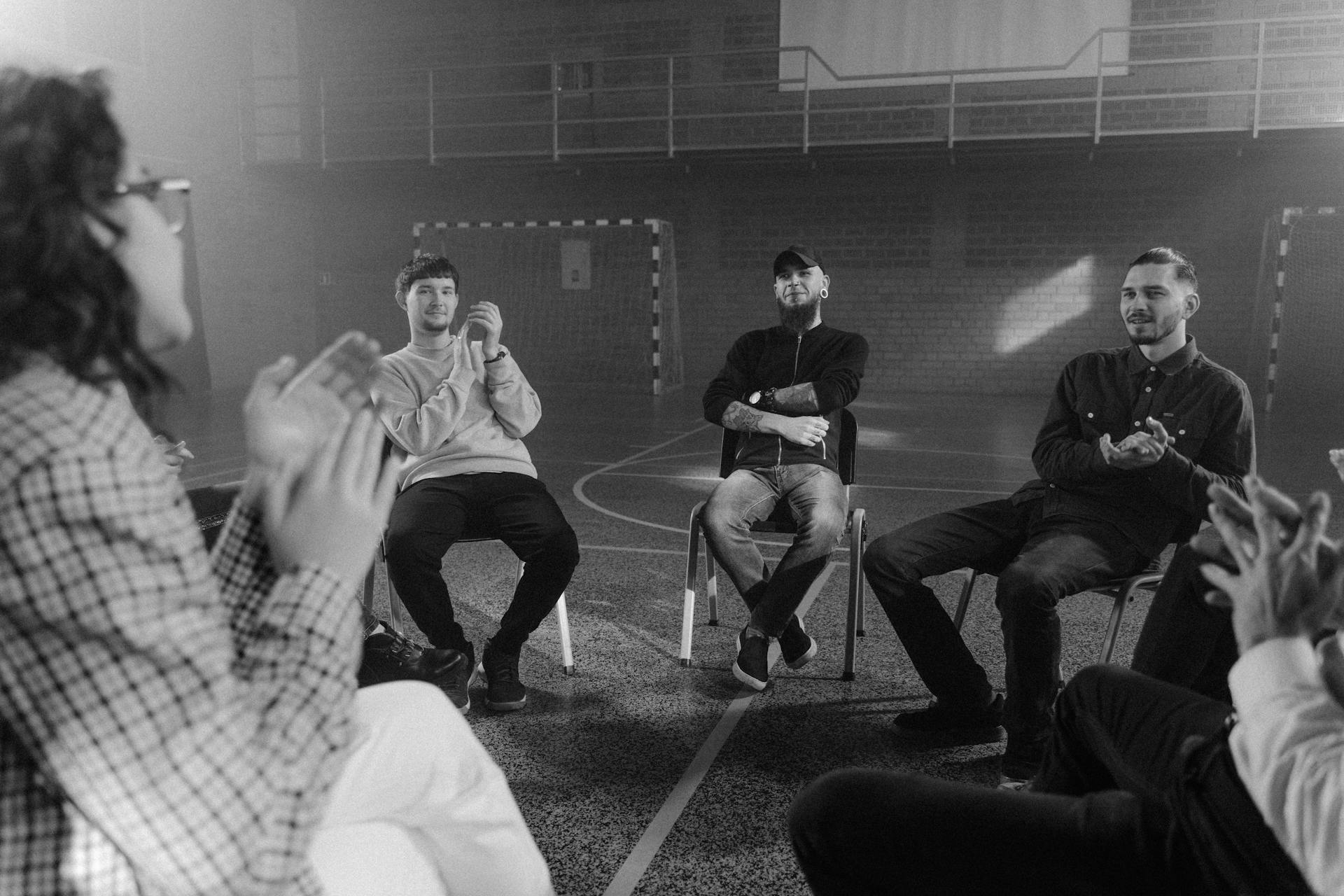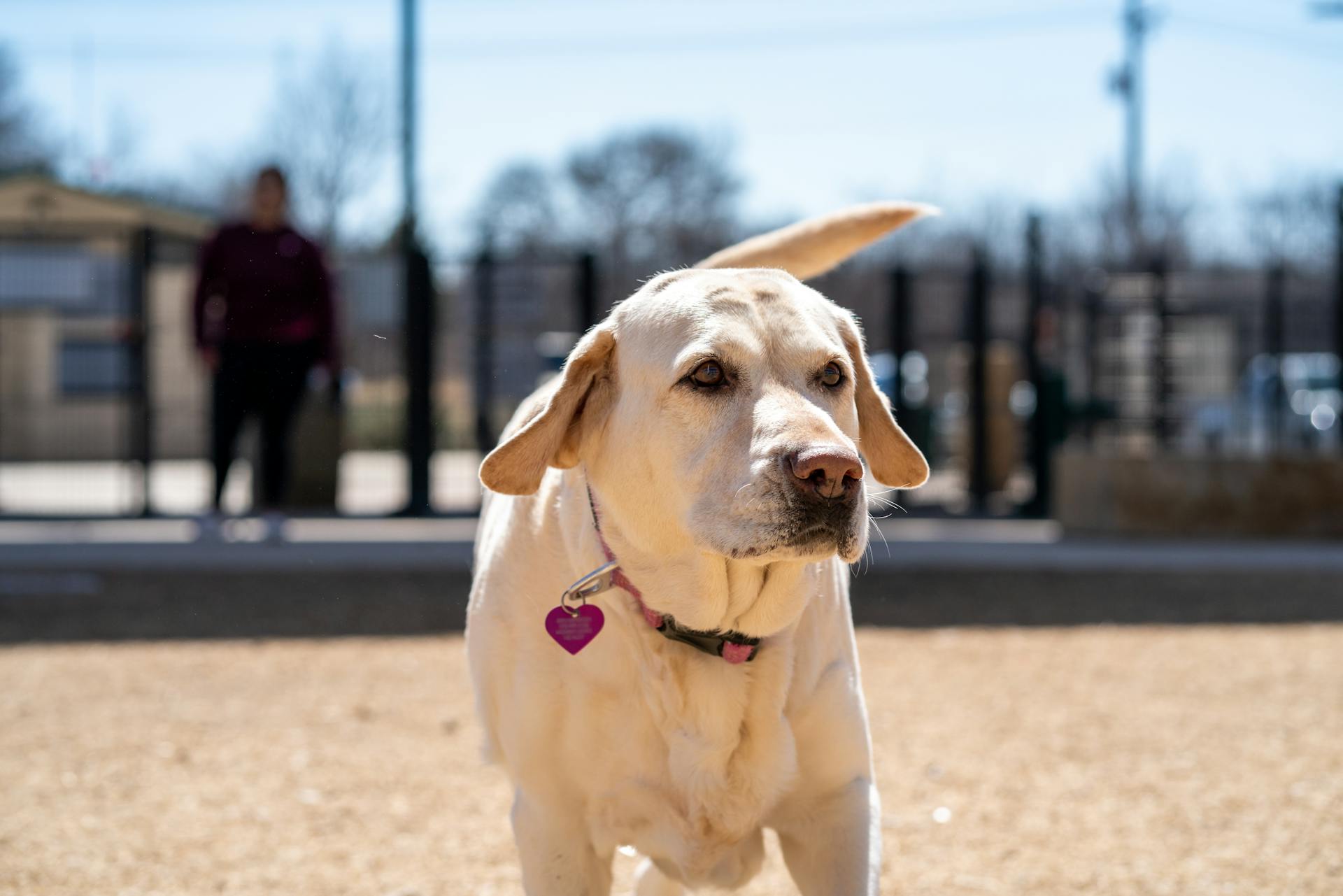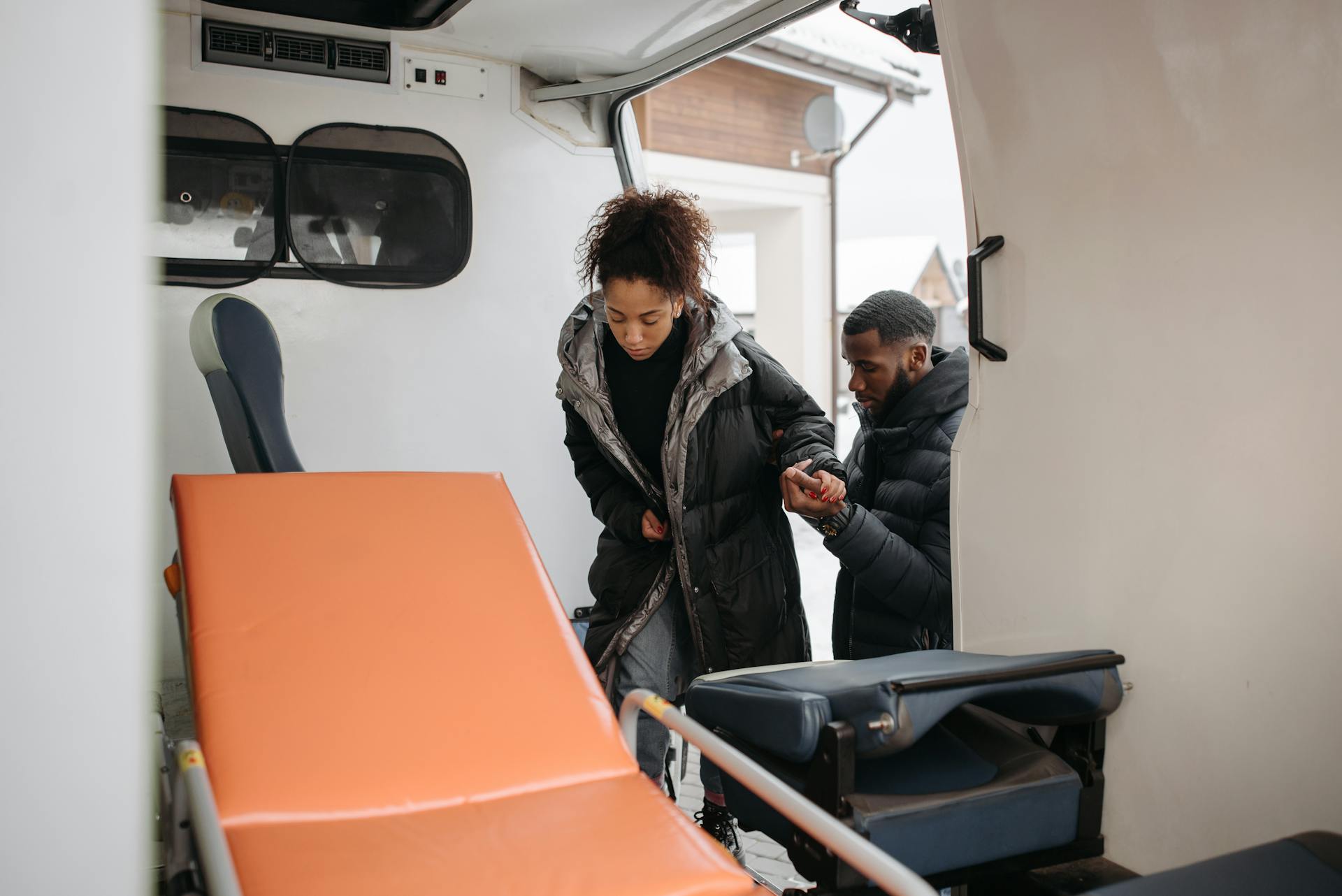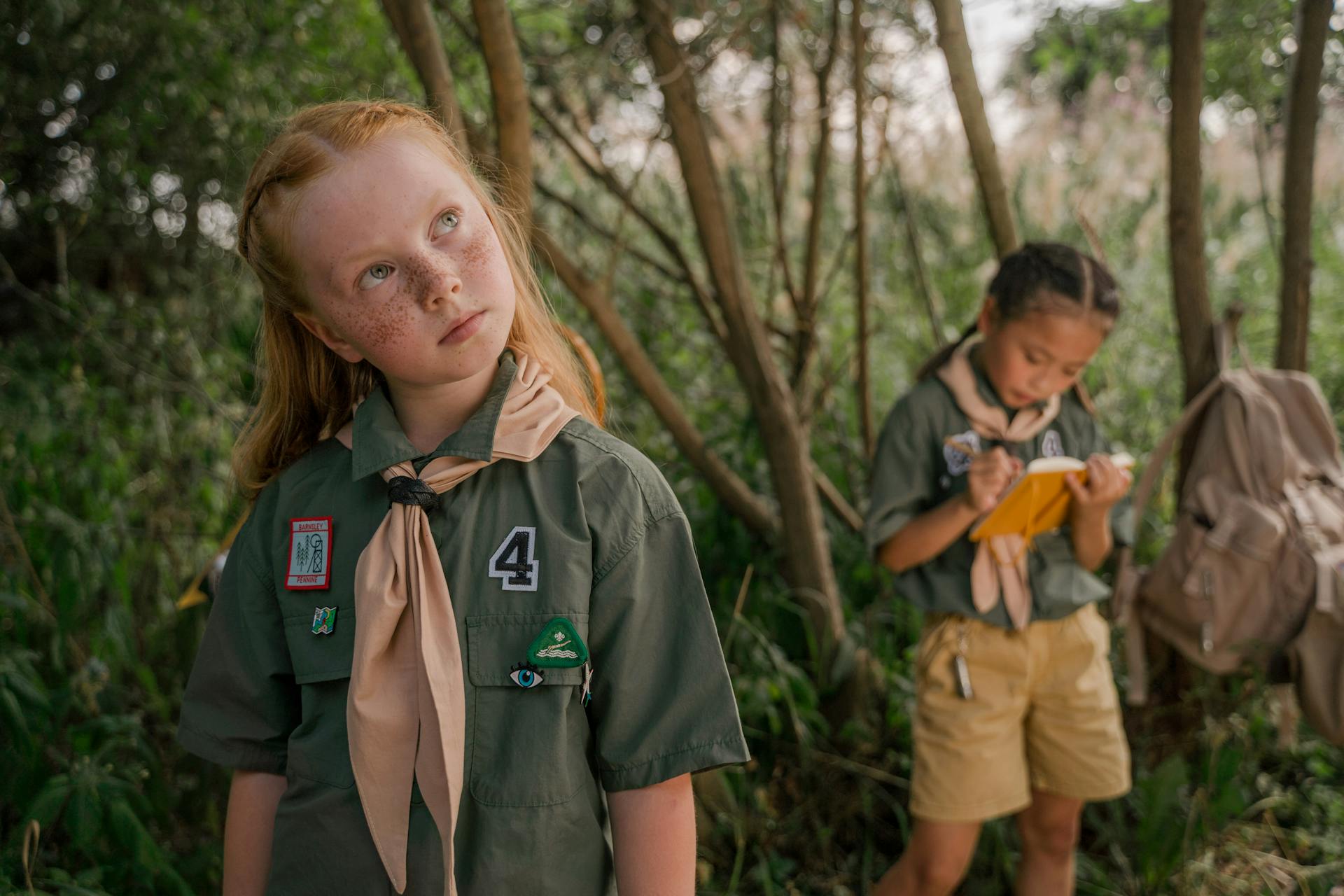
Earning the Cadette Animal Helper badge is a fun and rewarding experience that can be achieved with some hard work and dedication. You'll need to complete several requirements, including learning about different types of animals, their habitats, and how to care for them.
To start, you'll need to learn about the different types of animals that are considered "service animals" and "therapy animals". These animals are specially trained to assist people with disabilities and provide comfort and emotional support. According to the Girl Scout guide, service animals are trained to perform specific tasks to assist people with disabilities, while therapy animals provide emotional support and comfort.
By learning about these different types of animals, you'll gain a deeper understanding of their importance and how they can make a positive impact on people's lives. This knowledge will also help you to better care for and interact with animals in a responsible and respectful way.
You might like: Is an Emotional Support Animal an Assistance Animal
Earning the Badge
To earn the Cadette Animal Helpers badge, your troop will need to explore the many ways that animals have helped humans throughout history in a variety of ways. This badge is part of the It’s Your Story – Tell It! Cadette MEdia Set.
There are five key areas to focus on: exploring the connection between humans and animals, finding out how animals help keep people safe, knowing how animals help people emotionally, checking out how animals help people with disabilities, and looking at how animals might help us in the future. You can use the following questions to guide your exploration: How has the relationship between humans and animals changed over history? Why has the human-animal relationship changed? In which roles are animals trained to assist people?
To help you get started, here are the specific requirements for the badge:
- Explore the connection between humans and animals
- Find out how animals help keep people safe
- Know how animals help people emotionally
- Check out how animals help people with disabilities
- Look at how animals might help us in the future
Step 1: Explore Human Connection
Exploring the connection between humans and animals is a fascinating topic. This connection has been strong for thousands of years, and it's only getting stronger.
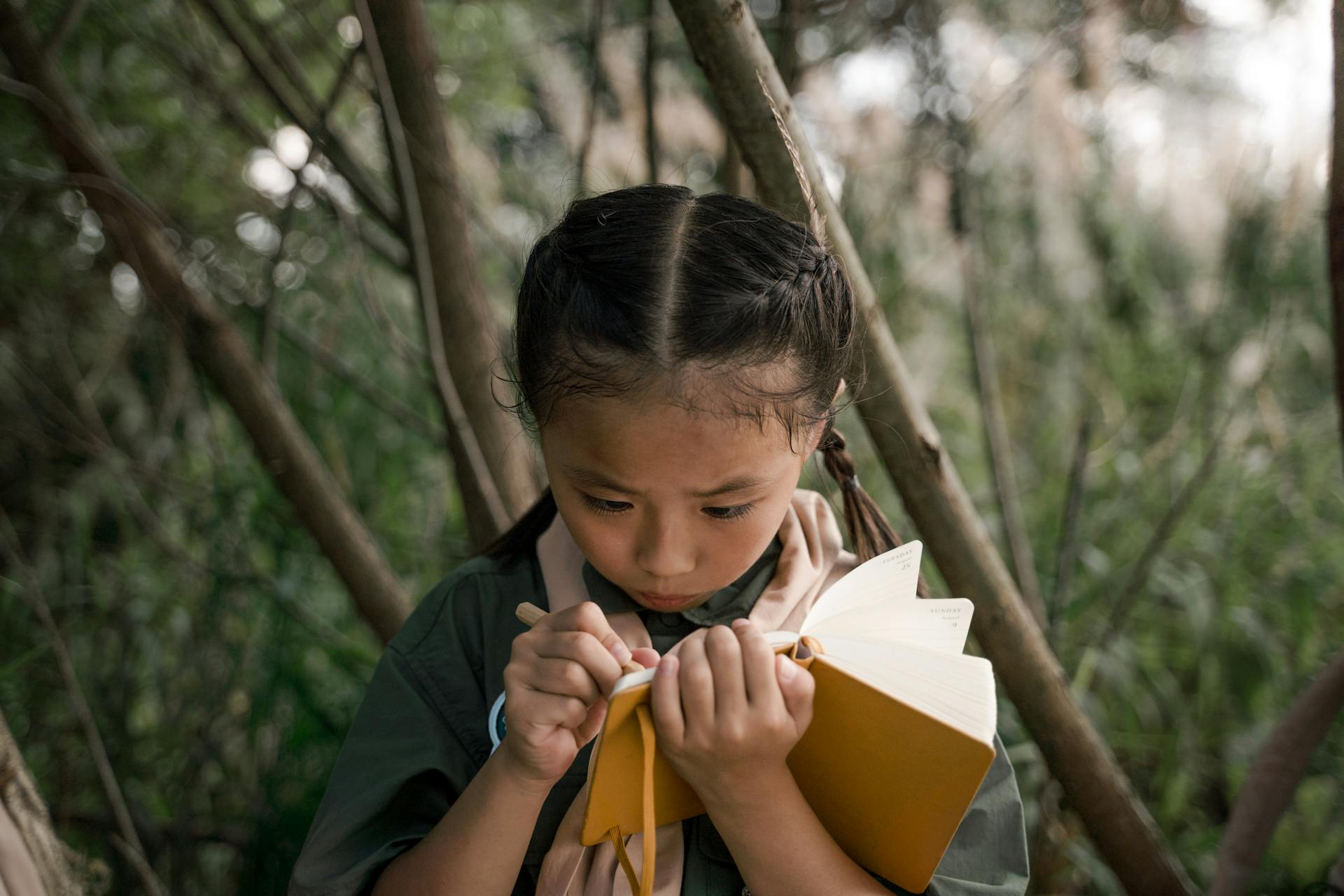
To explore this connection, you can start by finding out how views of animals have changed over the centuries. People used to think animals had no feelings, but now we know they're capable of empathy and compassion. In fact, dolphins have been known to rescue humans in distress, lifting them onto their backs and swimming them to safety.
You can also watch a documentary series on the human-animal connection to learn more about the ways animals have helped humans throughout history. Some notable examples include oxen helping to plow fields, horses providing transportation, and dogs serving as police officers.
Making a timeline of key moments in history when animals helped humans is a great way to visualize this connection. You can research different ways animals have assisted humans from early civilizations to the present day. Some important events to consider include the use of oxen for farming, the role of animals in providing milk, meat, and fur, and the bravery of animals like Balto the dog, who brought life-saving serum to others in Alaska.
Here are some specific animals that have made a significant impact on human history:
These animals, and many others like them, have played a crucial role in shaping human history. By exploring the connection between humans and animals, you'll gain a deeper understanding of the ways in which animals have helped humans and continue to do so today.
Intriguing read: Straw Dogs Thoughts on Humans and Other Animals
Step 2: Safety Measures
Fire departments use canine units to find fire victims, and police work with dogs, pigs, and ferrets to detect drugs, bombs, and unexploded mines. Animals often help find survivors in disasters like earthquakes, tornadoes, floods, or explosions.
Trained animals are essential in safety teams. You can visit a fire department, police department, or search-and-rescue team to see how animals help them.
The Dickin Medal is awarded to animals that bravely help the military, often during a war. The first medals went to three pigeons that helped find pilots who had been lost during World War II.
To work with trained animals, people need special skills and an educational background. You can talk to a trainer to learn more about this career.
Curious to learn more? Check out: Find Dead Animal
Girl Scout Badges That Pair Well
Pairing Girl Scout badges can help girls accomplish more in their limited scouting time. Our troop has found it helpful to pair badges together, especially when requirements overlap.
Curious to learn more? Check out: Do Police Dogs Have Badges
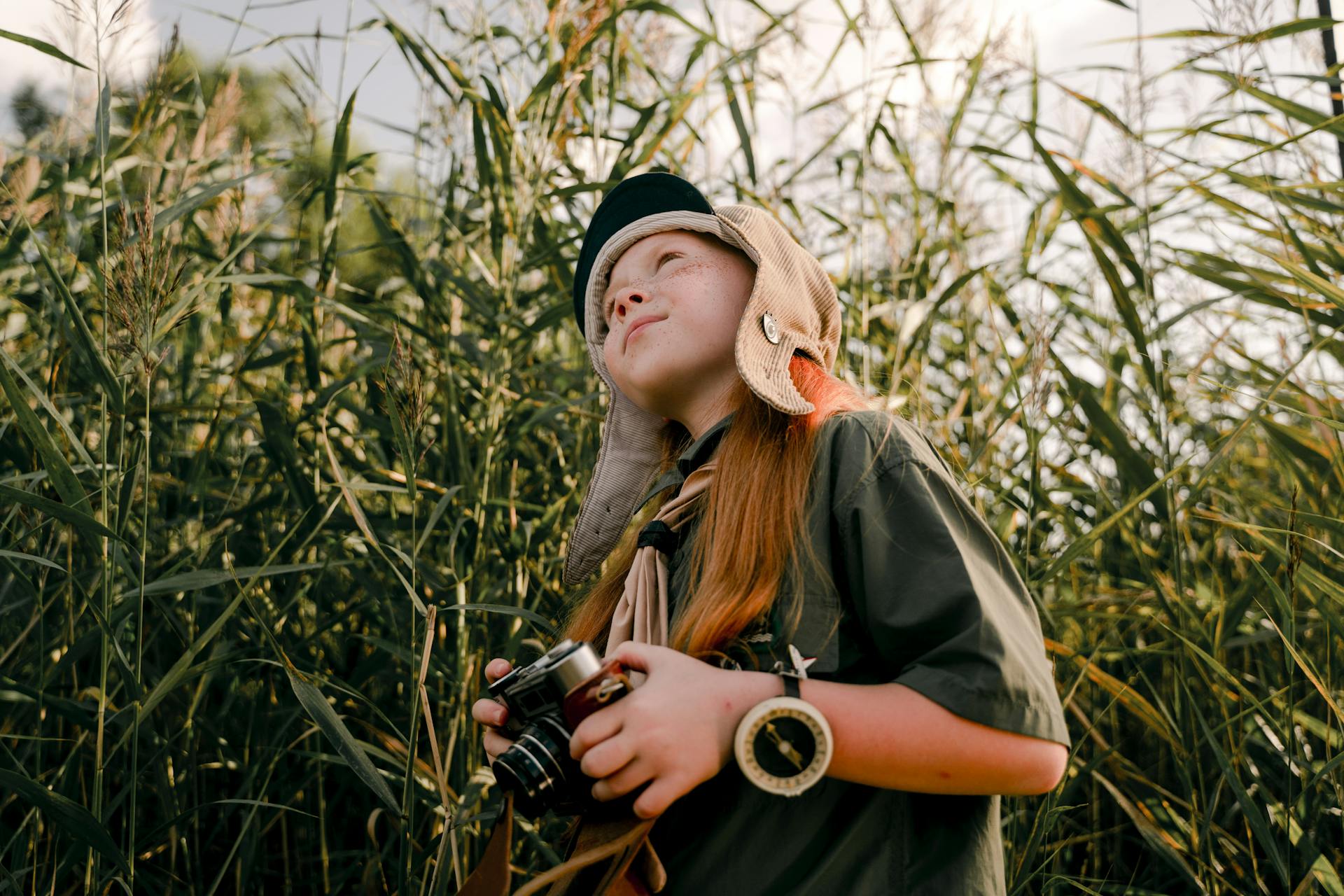
Some badges pair well with the Cadette Animal Helpers Badge, making it easier to plan meetings in advance. For example, badges like Girl Scout Cadette Badges That Pair Well with the Cadette Animal Helpers Badge can be earned together.
Scouts can also earn badges by participating in service-learning and connecting with animals, such as through Pasado’s Safe Haven. This organization offers service and learning opportunities that align with Girl Scout missions and values.
Scouts can receive a Pasado’s Safe Haven Animal Advocate patch and complete Girl Scout badge requirements while participating in these events.
Understanding Human Connection
The connection between humans and animals has been strong for thousands of years. It's fascinating to see how views of animals have changed over the centuries, from thinking animals had no feelings to now considering them as companions.
People used to think animals were just for work or food, but now we recognize their emotional and social needs. For example, dogs seem to instinctively know when humans need warmth, and they'll often lie on top of them to keep them cozy.
Animals have helped humans in countless ways throughout history, from plowing fields with oxen to providing rescue services like dolphins and dogs. A horse even saved a trapeze artist during a circus act! These moments highlight the incredible bond between humans and animals.
Here are some key moments when animals helped humans:
- Oxen helped plow fields
- Horses provided transportation
- Police dogs kept people safe
- Dolphins and dogs performed water rescues
- A horse saved a trapeze artist
These examples show how animals have been an integral part of human history and continue to play a vital role in our lives today.
Human Connection
The human connection with animals is a remarkable thing. For thousands of years, humans and animals have been linked in ways that are both practical and emotional.
A great example of this connection is how our views of animals have changed over the centuries. Just a few hundred years ago, people believed animals had no feelings, and they didn't even let cats and dogs sleep on their beds! Today, we know that animals are capable of complex emotions and behaviors.
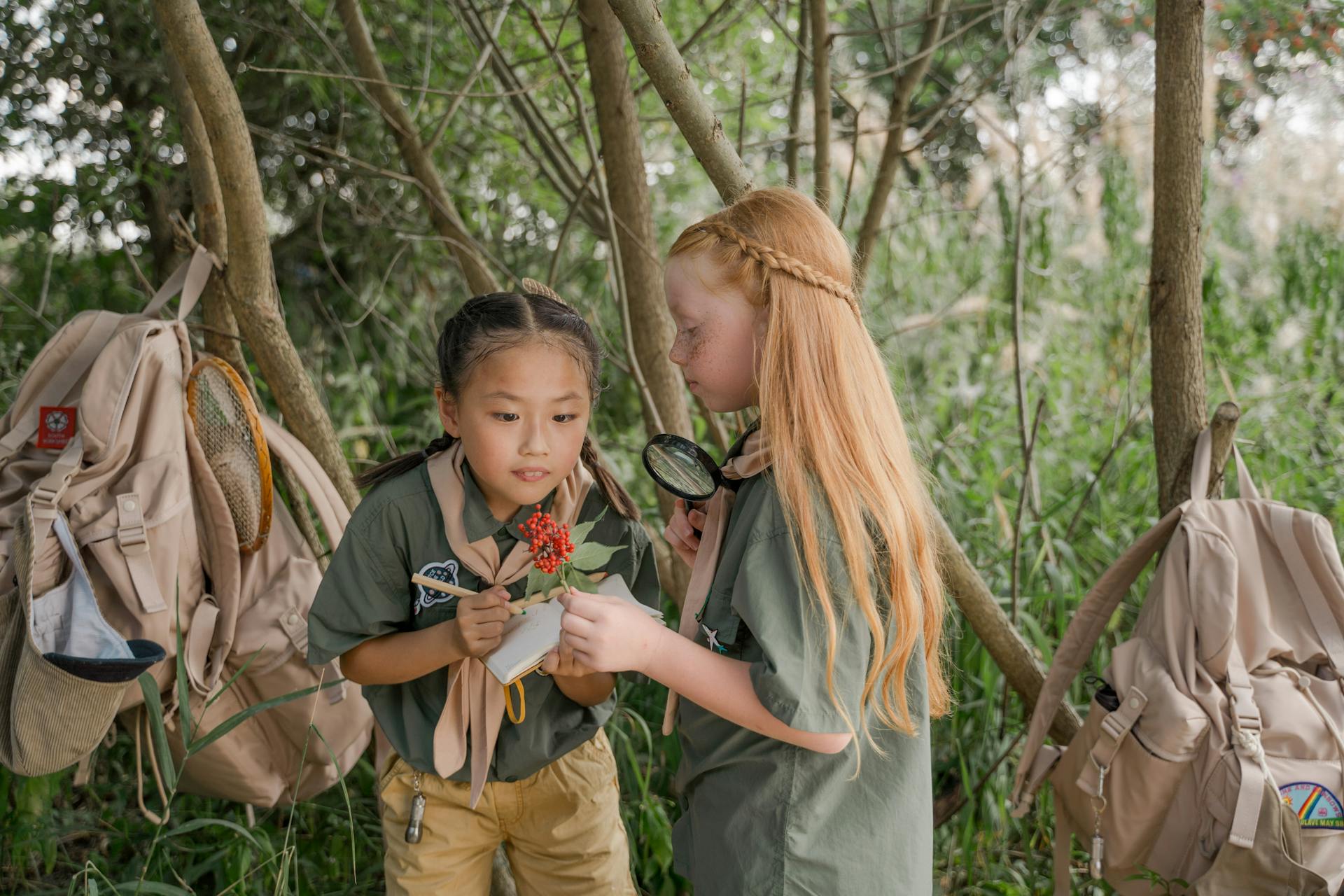
One way to explore this connection is to watch a documentary series on the human-animal connection. This can be a great way to learn about the ways in which animals have helped humans throughout history. For instance, did you know that oxen were used to plow fields, and horses were used for travel?
Here are five moments when animals took a role in human history:
- Oxen plowing fields
- Horses for travel
- Police dogs for keeping people safe
- Animal testing for new products and vaccines
- Animals providing milk, meat, and fur
These are just a few examples of the many ways in which animals have helped humans throughout history. By exploring this connection, we can gain a deeper appreciation for the ways in which animals contribute to our lives.
Animals have also been known to help each other in remarkable ways. For example, dolphins have been observed lifting drowning humans onto their backs and up to safety. Dogs, sea turtles, and even pigs have carried out brave water rescues.
Here are a few examples of animals helping each other:
- Dolphins lifting drowning humans onto their backs
- Dogs keeping humans warm in cold temperatures
- Horses saving trapeze artists from falling
- Gorillas saving humans from harm
These are just a few examples of the many ways in which animals help each other. By studying animal behavior, we can learn more about the complex social structures and relationships that exist within animal communities.
Check Out How People
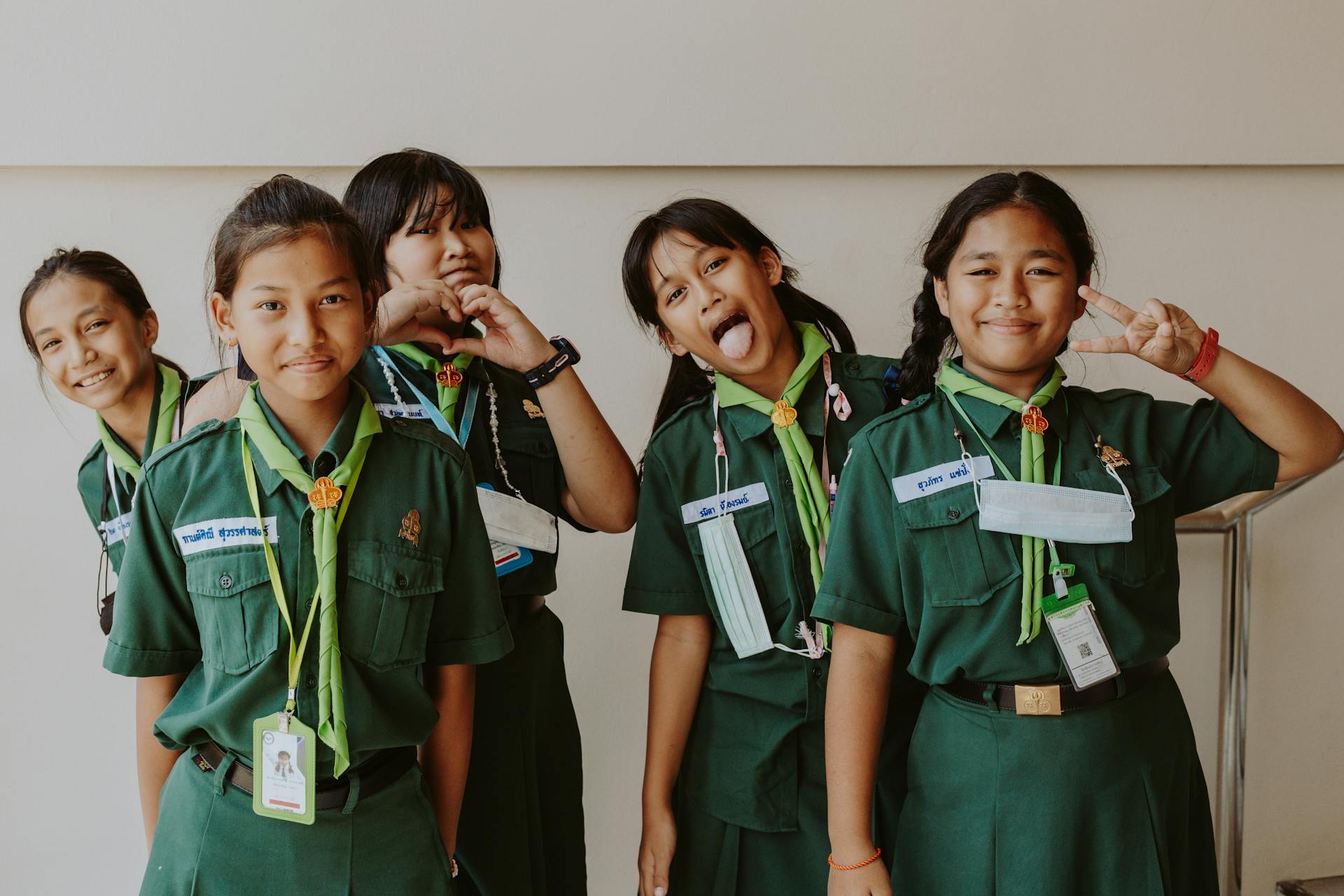
People with disabilities can rely on assistance animals like Seeing Eye dogs, which are trained to help them live independent lives.
Many assistance animals are trained to help people with physical disabilities, including monkeys, parrots, and miniature horses.
These animals can be trained to perform various tasks, such as opening doors, picking up items, and alerting their owners to important sounds.
To train an assistance animal, one must first understand the needs of the individual they will be assisting. This can involve working with a veterinarian or animal therapist to determine the best animal for the job.
Research shows that assistance animals can greatly improve the quality of life for people with disabilities, but there are also pros and cons to consider.
Some people question how and why certain animals are selected for assistance work, highlighting the importance of careful consideration and planning.
Here are some organizations that specialize in training assistance animals:
- Autism Dog Services
- Guide Dogs for the Blind
- Comprehensive Pet Therapy
- Puppies Behind Bars, Inc.
- Assistance Dogs International, Inc.
- Canine Companions for Independence
- Delta Society
- Great Plains Assistance Dogs Foundation
- Guide Horse Foundation
Safety and Practices
Fire departments use canine units to find fire victims, and police work with dogs, pigs, and ferrets to detect drugs, bombs, and unexploded mines.
These animals are trained to help in various ways, and people need special skills to work with them. You can find out more about animal training by talking to a trainer.
The Dickin Medal is awarded to animals that bravely help the military, often during a war. The medal has been given to pigeons that helped find pilots during World War II and dogs that helped look for survivors of the September 11 attacks in New York City.
Here are some ways animals help keep people safe:
- Rescue and detection: Animals are trained to find people in danger and detect potential threats.
- Transportation: Animals are used to transport supplies and equipment to help people in need.
- Alerting people: Animals can alert people to danger, such as detecting a fire or a potential threat.
Safety Measures
Safety Measures are crucial to prevent accidents and ensure a safe working environment. According to the guidelines for equipment maintenance, regular checks on machinery and equipment should be performed at least once a week.
It's also essential to store hazardous materials in designated areas, away from heat sources and flammable materials. This was observed in the case study of the warehouse fire.
First aid kits should be easily accessible and well-stocked with essential supplies, including bandages, antiseptic wipes, and pain relievers. This is in line with the recommendations for emergency preparedness.
Emergency exits should be clearly marked and easily accessible, with a minimum of two exits per floor. This was a key factor in the evacuation of the office building during the fire drill.
Fire extinguishers should be inspected monthly and easily accessible in case of an emergency. This is in accordance with the fire safety guidelines.
Safe Practices
We can learn a lot about safe practices from animals. They have a unique way of assisting us in emergencies.
Fire departments, police departments, and disaster specialists work with trained animals to help keep people safe. These animals are trained to detect dangers and transport supplies.
It's amazing to see how animals can be a vital part of a safety team. Their skills and abilities can make a huge difference in emergency situations.
Here are some ways animals help keep people safe:
- Assisting with rescues
- Detection of dangers
- Transport of supplies
Exploration and Observation
Observing animals can be a fun and rewarding experience, and it's a key part of the Cadette Animal Helper badge. You can learn about the world just by watching things around you, like birds chirping in your neighborhood or squirrels scurrying around.
To become an animal observer, you can play games, look for evidence of wild animals, and maybe even see your favorite animals in real life. This is exactly what the Daisy Animal Observer badge is all about.
By using your senses to watch, listen, smell, and touch, you can learn more about animals and their habitats. You can even brainstorm ways to help animals, like thinking about other animals that could become assistance animals in the future.
Some animals that could become assistance animals in the future include:
- Monkeys
- Parrots
- Miniature horses
These animals, like seeing eye dogs, can help people with physical disabilities in various ways.
Observe People
Observing people who work with assistance animals can be a fascinating experience. You can learn about the different types of animals that help people with disabilities, such as Seeing Eye dogs, monkeys, parrots, and miniature horses.
People who train assistance animals can share their knowledge on what's involved in training the animal and why a particular animal is suited to help people in a certain way. They can also discuss the preparation needed to go into this type of career.
Meeting someone who has an assistance animal can give you insight into how it has changed their life and how easy or difficult it was to learn how to work with the animal. You might even get to meet the animal itself!
Researching the pros and cons of training assistance animals can also be a valuable experience. This can help you understand the different sides of the issue and form your own opinion.
Here are some organizations that work with assistance animals:
- Autism Dog Services
- Guide Dogs for the Blind
- Comprehensive Pet Therapy
- Puppies Behind Bars, Inc.
- Assistance dogs International, Inc.
- Canine Companions for Independence
- Delta Society
- Great Plains Assistance dogs foundation
- Guide Horse Foundation
Think Like a Citizen Scientist
Observing animals can be a fun and educational experience. You can learn about the world just by watching things around you, like birds chirping in your neighborhood or squirrels scurrying around.
Scientists use their senses to observe and learn about animals, so you can put your senses to work too. You'll play games, look for evidence of wild animals, and maybe even see your favorite animals in real life.
To become an animal observer, you'll need to use your eyes, ears, nose, and hands to watch, listen, smell, and touch. The Daisy Animal Observer badge will help you tap into your observation skills to unlock the secrets of the wild world around you.
You can also learn about animal heroes by reading local newspaper stories, books, or researching online. Share a few animal hero stories with your troop and brainstorm 5 animals that could become assistance animals in the future.
To extend your animal helper experience, complete the Cadette Think Like a Citizen Scientist badge or journey. This will allow you to make observations about animals in your environment and help scientists make observations, collect data, and conduct scientific research.
By working with an expert, you can brainstorm a take action project to further your knowledge and skills.
Expand your knowledge: What Animals Eat African Wild Dogs
Planning and Preparation
To earn the Cadette Animal Helper badge, it's essential to plan and prepare carefully.
Before starting your animal helper project, identify the type of animal you want to help and research the needs of that species. This will help you make informed decisions about your project.
You'll also need to choose a project that aligns with the Girl Scout mission and goals. Consider the skills and resources you have available to you and your troop, and make sure your project is feasible and achievable.
You might like: Animal Shelter Helper
Troop Meeting Plan
Planning and preparation are key to a successful troop meeting, especially when earning a badge like Animal Helpers. Consider inviting a local expert to share their expertise with your troop. A veterinarian, animal rehabilitation clinic, or wildlife specialist can be a great resource. Look for professionals who are excited to share their knowledge with young girls. Schedule with other Cadette troops in your service unit to make the most of this opportunity.
Individual Plan
The Individual Plan is a great option for Cadette Girl Scouts who can't attend the meeting but still want to earn the badge. This plan is designed to be completed independently and consists of 5 steps.
Each step of the plan is carefully crafted to ensure the girl learns valuable skills and knowledge. For example, step 1 involves making a timeline showing 5 different ways animals have helped humans in the past.
To complete this step, the girl should include a date frame to give context to the timeline. I've seen girls get really creative with this step and include some amazing examples of animal heroes.
The Independent Work plan also includes an opportunity for the girl to read a story about an animal hero. This can be a fun and engaging way for her to learn about the impact of animals on our lives.
In step 3, the girl is asked to interview 5 pet owners about how their pets help them emotionally. If she's unable to find someone with an assistance animal, she can research the pros and cons of training service animals instead.
This step requires some critical thinking and research skills, but it's a great way for the girl to learn about the importance of service animals.
Online Badge Filling Tips
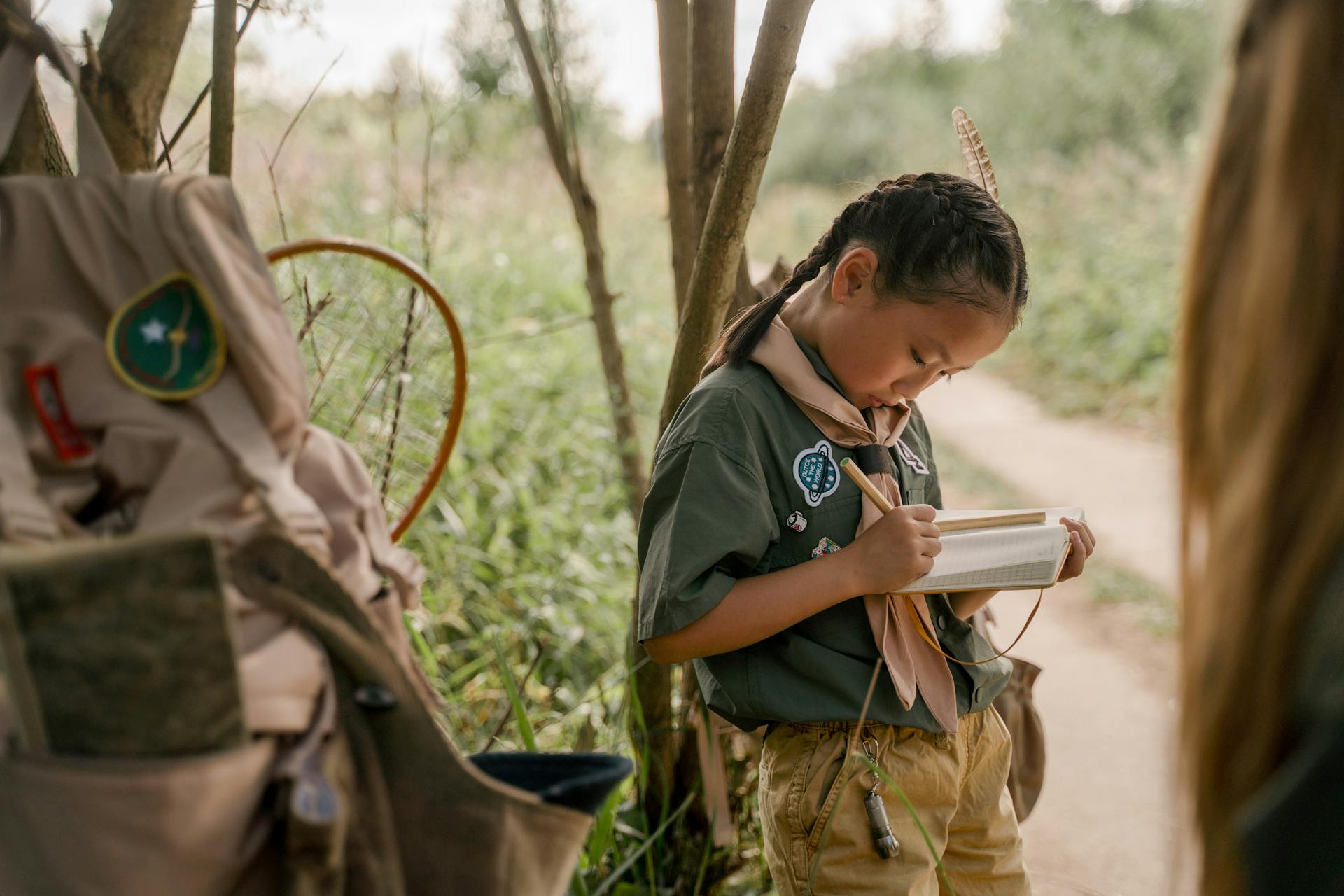
To fill out Girl Scout Cadette badges online, you can use a digital solution like airSlate SignNow, which offers electronic signatures and a simple-to-use interface.
Printing and scanning is no longer the best way to manage documents, as it can be time-consuming and cluttered.
Using airSlate SignNow, you can fill out Pdf download cadette animal helper online and quickly share them without jumping between tabs.
Following a step-by-step guide can help you complete paperwork efficiently, and airSlate SignNow's powerful functionality makes it easy to do so.
Sources
- https://scoutshonor.fandom.com/wiki/Animal_Helpers_(Cadette_badge)
- https://www.girlscoutstoday.org/en/discover/our-council/our-stories/helping-hands-for-animal-friends.html
- https://www.pasadosafehaven.org/learn/girl-scouts/
- https://creatingbutterflies.com/animal-helpers-cadette-badge/
- https://www.signnow.com/fill-and-sign-pdf-form/239952-girl-scout-cadette-badge-record
Featured Images: pexels.com
